Books We Trust: The Decision to Trust by Bob Hurley
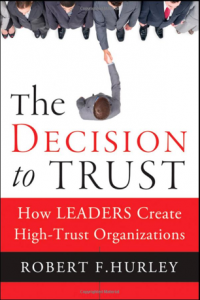 This is the eighth in a series called Books We Trust.
This is the eighth in a series called Books We Trust.
The Decision to Trust is one of the best books written in recent years on trust; it is a major contribution to the subject.
Author Bob Hurley teaches at Fordham and Columbia, so it’s no surprise that the book is solidly rooted in the extensive academic work on trust. Perhaps more surprising is that the book is also intensely practical, based on his years of consulting and research work with significant companies.
I sat down recently with Bob at his decidedly un-Lincoln Center-ish Fordham offices near Lincoln Center.
Capitalism: Back to the Future
Charlie Green: Let’s get one thing clear: you’re not doing double-duty as Basketball Hall of Fame high school coach Bob Hurley over in Jersey City – are you?
Bob Hurley: No, but I’m a fan, so I’m flattered by the confusion.
Charlie: OK, that’s out of the way. This is a wonderful book, Bob, clearly the result of years of research.
Bob: Decades, actually. I started as an accountant, then got an MBA and did consumer marketing. Eventually I realized I really wanted to be a teacher. I ended up at Columbia, where I studied under Morton Deutsch, the founder of the field of conflict resolution and a brilliant psychologist.
Today, I teach various courses in leadership and management at Fordham, and I teach executive education at Columbia
Charlie: Let’s jump right to the book. The heart of it, and I think the genius of it, is your idea of approaching trust from the point of view of a decision. A decision to trust is a largely psychological decision by the trustor, which is affected by the trustor’s own propensity to trust, and by the trustor’s view of the trustworthiness of the trustee in the particular situation.
Tell us the power of approaching things that way?
Bob: Well most people especially business people understand decision-making. When we frame the issue of trust as a decision we can help people not only understand about trust but also understand how to help others make a choice to trust vs. be suspicious. We do this by helping trustees understand how to be trustworthy in the eyes of others. This not only makes the model grounded in research in psychology, but also very practical.
It turns out that this approach also it allows you to make sense of trust from an interpersonal, group and organizational perspective. It may have a psychological locus at the heart of it, but it also allows for intelligent discussion about social environments and institutional behaviors.
Charlie: Would you list the ten factors please, as a teaser to get readers to click through and buy your book?
Bob: Sure. The first three factors are trustor-related: the level of risk tolerance, the trustor’s level of psychological adjustment, and the power position of the trustor all affect their likelihood to put themselves at knowing risk of another, which is how I think of the decision to trust.
The other seven factors are situational: They are security, similarity, alignment of interests, the level of perceived benevolent concern, capability, predictability and integrity, and communication. Some of those are about the trustee’s character as perceived by the trustor – some are about the trustor’s perception of the situation.
Charlie: You can then use this model to test, rate, rank, diagnose, consult and so forth, right? It’s a powerful tool for consultation and management.
Bob: Exactly, and it’s been widely tested over the years in thousands of situations. I started out testing it in exec ed programs; I wrote up a version of it in an HBR article, which led to more consulting and more testing. It’s extremely workable, in addition to being well-grounded in the trust research literature.
Charlie: What are some of the problems to which you’ve applied the model?
Bob: There’s quite a range, from making better individual decisions, to leadership, to more effective team organization, even to culture change and trust repair. The model describes the failures of organizations like the Catholic Church’s problems with priestly sexual abuse, and the DaimlerChrysler debacle.
Charlie: You’re quite clear about the need to address trust issues systemically, aren’t you?
Bob: I think so. Personal trust is critical, but culture trumps personality. If we don’t get leaders to start to high trust create cultures and systems, we won’t get there. You can’t just change individuals and stop there.
For trust to get better in the trust-challenged world we live in, we have to get better at all three dimensions; trustors have to get better at making better trust decisions, trustees have to become more trustworthy, and we have to make our organizational cultures, systems and processes more trustworthy .
Charlie: David Gebler, in the field of ethics, makes much the same point: most ethical lapses are not due to moral failure on the part of individuals, but to an environment that is insufficiently supportive of ethical behavior.
Bob: Makes sense to me, and I would add that we need to go well beyond ethics to understand what makes people and companies trustworthy. Just because a person is ethical does not mean people will or should trust them!
Charlie: Let’s talk about one particular application of the Decision to Trust Model (DTM), that of leadership and management. First of all, what’s your take on how our ideas of “leadership” have evolved over the years?
Bob: I would say that the science behind leadership has evolved from trait theory to focus more on relationship, the need for flexibility and agility, EQ and the importance of self awareness and authenticity. When I teach leadership I tell people that the generic version of leadership is not terribly helpful to you.
The real challenge is finding out given who you are, what form of leadership can you manifest. We do not need to all become Winston Churchill! Trust fits into this notion of leader-follower relationship and authenticity. Bill George at Harvard has done a great job adding to this notion.
Charlie: Interesting. And how does the DTM play out here? How can a leader use it practically?
Bob: Given that we know what makes people decide to trust, we can start by manifesting these “signals” of trustworthiness. Behaviors like aligning stakeholders interests, demonstrating benevolence and not opportunism, articulating values and ensuring value congruence and perhaps most importantly communicating with openness, transparency; and don’t forget listening with empathy and being approachable. These things can be taught but we have not focused on them enough!
Charlie: What’s your take on how our capitalist system has turned into such a low-trust system. It clearly wasn’t always this way; what has happened?
Bob: We need to re-define capitalism. It has been a great creator of wealth but it needs to evolve. As the global financial crisis showed us in spades, many business leaders have become opportunists focused on short-term greed. We need to grow a generation of integrative stewards who bring stakeholders together in moving the enterprise forward and focus on the long term. We need more incentive for capital to take a long-term view. Managing our businesses for the next quarter and our country for the next election is a prescription for disaster when we are competing with companies and nations that have 10, 20 and100 year plans!
Charlie: I think your model has another virtue, which is it’s useful even in application to our political system – no small feat in a polarized world. Is that right?
Bob: Political marketing is essential about getting people to doubt your opponent and trust you. Since Bush Senior’s win against Dukakis, this has been done using the same tricks used in marketing soda or soap. There is an emphasis on appearing trustworthy, while not actually being trustworthy.
We are mostly to blame because we take short cuts in assessing trustworthiness and at some level we do not want to hear the truth. We need systemic reform in politics; we need to “get the money out” as a first step (create alignment of interests). After that, term limits, and strict rules limiting lobbying.
We need to stop talking about big or small government, and starting talking about effective or ineffective government. I talk about this in the book. The major reason people do not trust government in the US is that they see the system as incompetent and wasteful.
Charlie: Bob, thanks so much for spending time with me, and congratulations again on the book. It truly is a milestone in the literature on trust, in my humble opinion, and I hope it gets all the attention it deserves, which is a ton.
Bob: You’re welcome, it’s been a pleasure.

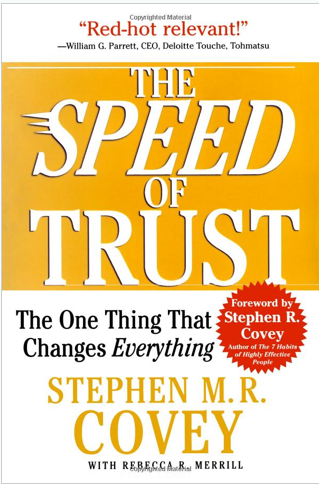 This is a special edition of
This is a special edition of 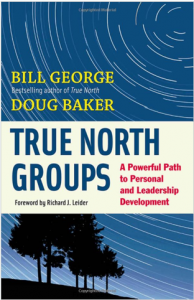 This is the seventh in a series called
This is the seventh in a series called 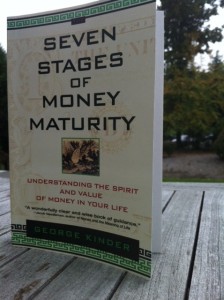
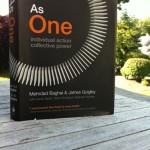 This is the fourth in a series called Books We Trust.
This is the fourth in a series called Books We Trust.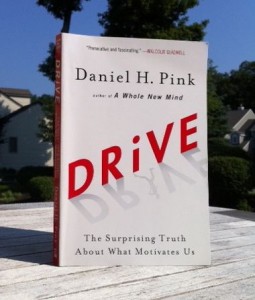
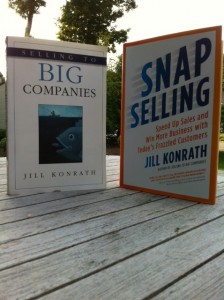
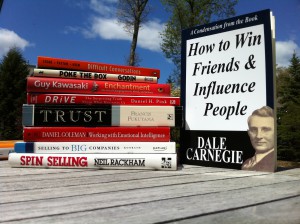 This is the first in a new series called Books We Trust. We expect to publish it irregularly, but about monthly.
This is the first in a new series called Books We Trust. We expect to publish it irregularly, but about monthly.